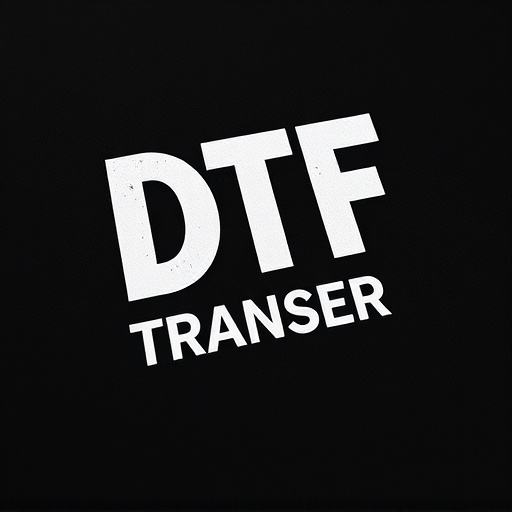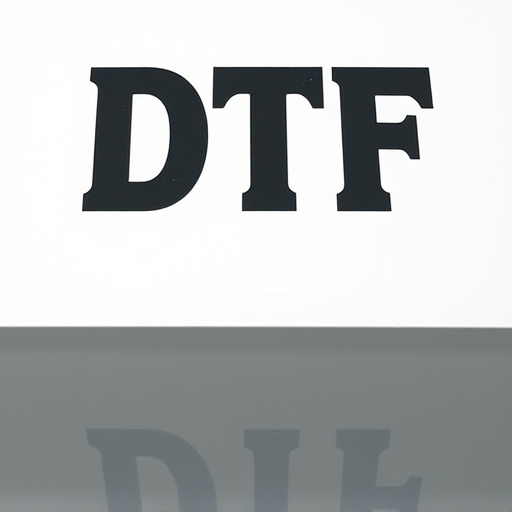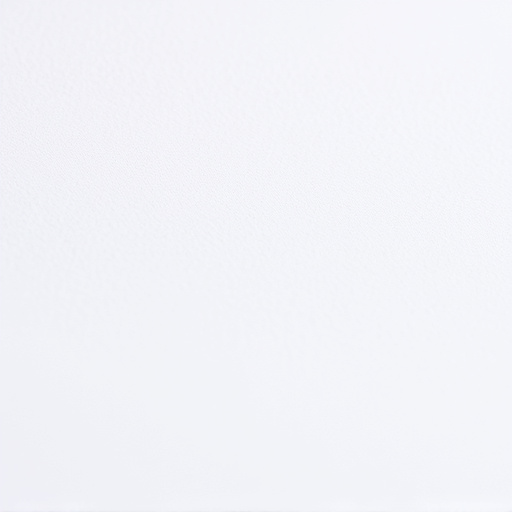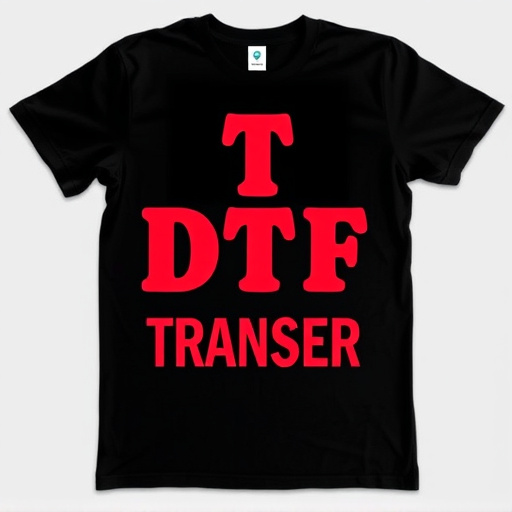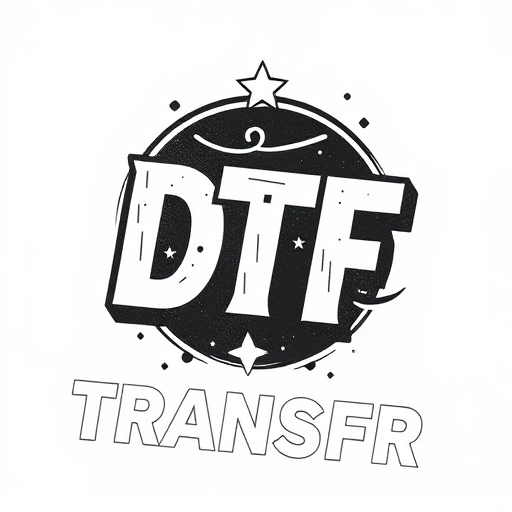TL;DR:
Direct to Fabric (DTF) technology is a groundbreaking advancement in textile printing, offering unparalleled accuracy and vibrant colors for intricate designs on diverse fabrics. DTF's key advantages include capturing thin lines, supporting various fabric types, boosting production speed without sacrificing quality, and enabling detailed prints for apparel, textiles, medical devices, electronics, manufacturing, and fashion design. Choosing the right DTF media, optimizing artwork, and following printing steps ensures sharp lines and high-quality results. This technology continues to revolutionize industries with its precision, surpassing traditional methods.
“Unleash the power of intricate designs with DTF (Direct to Film) Transfers—a game-changer in printing technology. This comprehensive guide explores the art and science behind creating prints with remarkable thin line accuracy. From understanding the DTF process to choosing the perfect media, we delve into the key benefits and real-world applications. Discover how DTF Printing empowers creators to reproduce detailed designs across various mediums, ensuring every stroke and detail is faithfully replicated. Get ready to master the craft and elevate your printing game with DTF.”
- Understanding DTF Transfers: A Comprehensive Overview
- The Art of Reproducing Thin Lines with DTF Technology
- Key Benefits of DTF Printing for Detailed Designs
- Choosing the Right DTF Transfer Media for Optimal Results
- Master the Process: Step-by-Step DTF Printing Guide
- Real-World Applications: Where DTF Prints Shine
Understanding DTF Transfers: A Comprehensive Overview
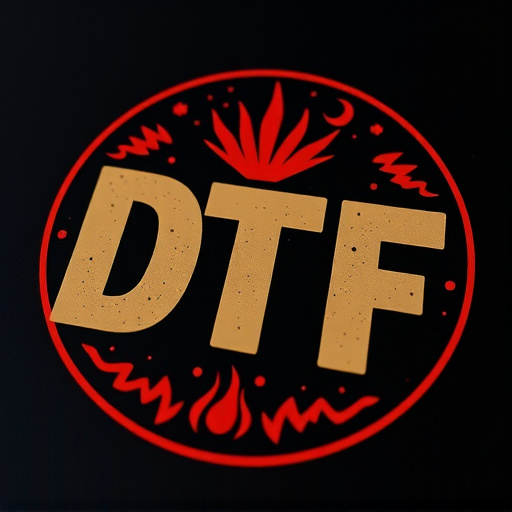
DTF Transfers, short for Direct to Fabric, is a cutting-edge printing technology revolutionizing the textile industry. This innovative process allows for precise and detailed reproduction of designs directly onto various fabrics, from cotton tees to silk scarves. Unlike traditional methods that often struggle with fine lines and intricate patterns, DTF offers unparalleled accuracy, making it a favorite among designers and manufacturers alike.
At its core, DTF Printing involves using a special printing plate or stencil that precisely aligns with the fabric during the transfer process. This technology ensures that every line, no matter how thin, is accurately replicated onto the material. DTF Transfers are known for their vibrant colors, crisp edges, and ability to produce complex designs with ease. Moreover, this method offers versatility in terms of fabric types, allowing for printing on both natural and synthetic fibers, opening up a world of creative possibilities for textile artists and brands.
The Art of Reproducing Thin Lines with DTF Technology

The art of reproduction in printing has evolved significantly with the advent of DTF (Direct to Film) technology, particularly when it comes to capturing thin lines and intricate details. This cutting-edge process allows for exceptional precision in creating prints that rival traditional artistic mediums. By eliminating many of the limitations associated with older techniques, DTF offers a new level of finesse for artists and designers.
DTF transfers are designed to accurately reproduce even the finest lines, ensuring every stroke is captured flawlessly. The technology utilizes advanced imaging software to create high-resolution patterns that are then transferred onto various surfaces. This direct approach eliminates the need for intermediate steps, resulting in crisp, clean lines and detailed prints. DTF printing has revolutionized the way we think about reproducibility, making it possible to achieve a level of detail previously unattainable with traditional methods, thereby enhancing the visual appeal of artwork and design projects.
Key Benefits of DTF Printing for Detailed Designs
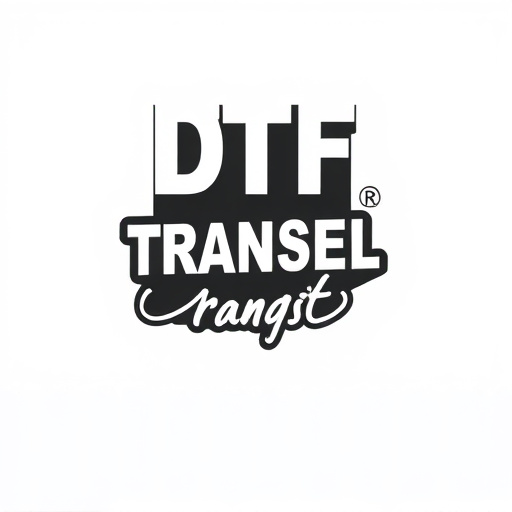
DTF (Direct to Fabric) Printing offers a multitude of benefits for designs that demand thin lines and intricate details. This advanced transfer method ensures that every minute element, from the thinnest line to the most complex pattern, is reproduced with remarkable accuracy on various fabric types. DTF Transfers are known for their superior resolution, allowing designers and manufacturers to achieve a level of precision that was once unattainable with traditional printing methods.
One of the key advantages lies in its versatility. DTF Printing can be applied to an extensive range of fabrics, from cotton and polyester to silk and nylon, making it suitable for diverse apparel and textile projects. Moreover, this technology enables faster production times without compromising on quality. With DTF, creating detailed prints becomes more efficient, ensuring that intricate designs are not only reproduced accurately but also produced at a quicker rate, thereby enhancing overall productivity.
Choosing the Right DTF Transfer Media for Optimal Results
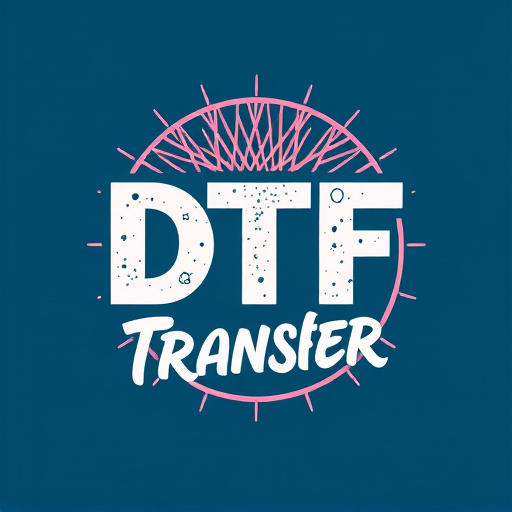
When it comes to achieving precise and detailed transfers, selecting the appropriate DTF (Direct-to-Film) transfer media is paramount. Different DTF materials cater to various printing requirements, ensuring optimal results for specific applications. For intricate designs with thin lines and fine details, high-resolution DTF films are ideal. These specialized media offer superior clarity and precision, allowing for accurate reproduction of even the smallest elements.
Consider factors like adhesive strength, base material, and coating when choosing your DTF transfer. A strong adhesive ensures the design sticks securely to the target surface, while a suitable base material provides stability during printing and application. Additionally, a protective coating can extend the lifespan of the DTF prints, making them more durable and suitable for outdoor use if needed. Selecting the right DTF media is a crucial step in achieving exceptional prints with intricate details.
Master the Process: Step-by-Step DTF Printing Guide

Mastering the art of DTF (Direct to Film) printing is a game-changer for creating precise and intricate designs. This step-by-step guide will walk you through the process, ensuring accurate reproduction of thin lines and delicate details in your prints.
First, prepare your artwork by ensuring it’s optimized for DTF printing. Use vector graphics whenever possible to maintain line quality. Next, select the right film material compatible with your printer. Load the film into the printer, making sure it’s aligned correctly. As you begin printing, focus on setting optimal exposure times; this step is crucial for achieving sharp lines and avoiding smudges. After printing, carefully remove the film from the printer, taking care not to damage the delicate pattern. Finally, apply the DTF transfer to your desired surface, pressing firmly to ensure a secure bond while avoiding bubbles or creases.
Real-World Applications: Where DTF Prints Shine

In various industries, the DTF (Direct to Film) Transfer process stands out for its ability to reproduce thin lines and intricate details with remarkable accuracy. From medical devices to automotive components, DTF Printing offers a precise method for creating custom shapes and patterns. In the realm of manufacturing, DTF Prints are invaluable for producing small batches or one-off items that demand high-resolution detail. This technology is especially beneficial in sectors where minimal material waste is crucial, as it allows designers and engineers to create complex geometries without the need for expensive tooling.
Moreover, DTF Transfers find applications in industries like electronics, where precise patterns are etched onto circuit boards, and fashion design, where intricate embroidery designs are transferred to fabrics. Its versatility extends to architectural models, allowing for the creation of detailed mini-versions of buildings and structures. With its capacity to capture fine lines and textures, DTF Printing continues to revolutionize diverse fields, offering a level of precision that traditional methods struggle to match.



